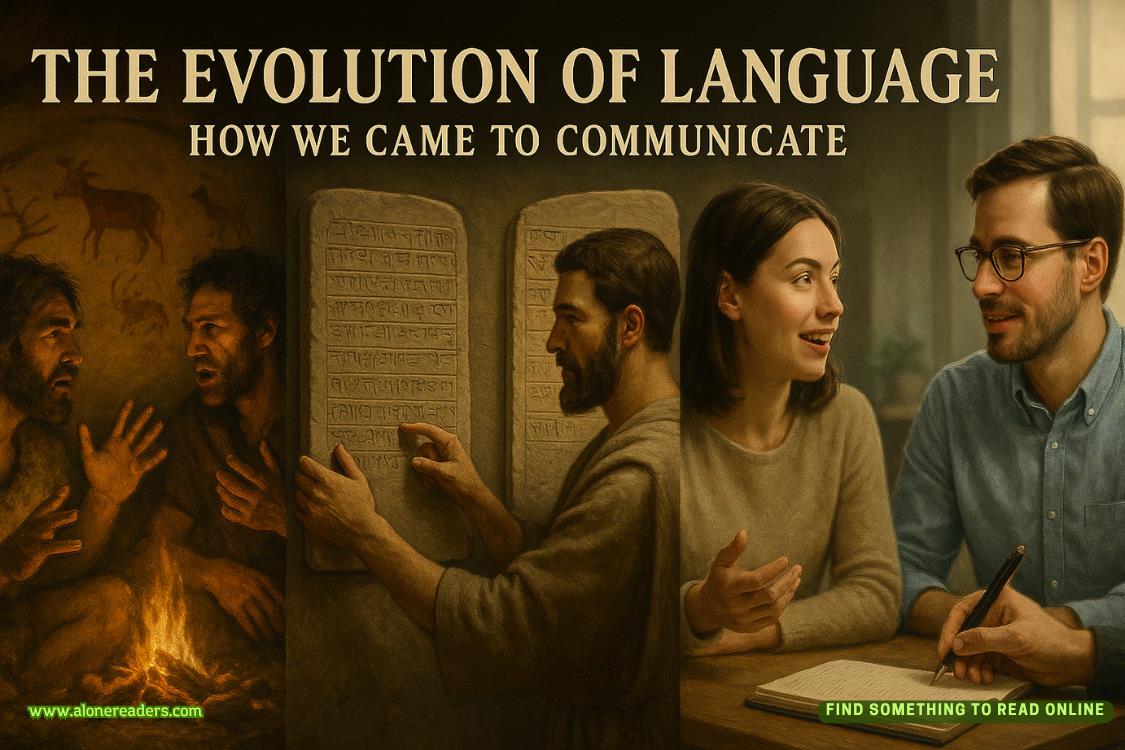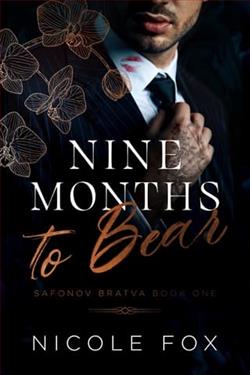Page 49 of Lock Every Door
Maybe all of them.
Maybe they even died here.
A horrible thought, made worse by the photo just below that paragraph. It shows several canvas stretchers—seven, at least—resting on the sidewalk outside the Bartholomew, each one occupied by a corpse. Although blankets cover the faces and bodies of the dead, their feet are still visible. Seven sets of bare feet with dirty soles.
A chill passes through me when I think of those feet crossing the spot where I now sit. I do a little shimmy, trying to shake the feeling away. It’s no use, for another one arrives when I see the photo beneath it.
It’s the Bartholomew’s facade again, this time rendered in grainy black and white. A small crowd has gathered on the street—a cluster of parasols and bowler hats. High above them, alone on a corner of the roof, is a man in a black suit. A thin silhouette against the sky.
The building’s owner. Moments before his very public suicide.
The text under the photo confirms it.
After a thorough examination of the premises, doctors determined that the flu deaths were caused by poor ventilation in the servants’ quarters. This greatly upset the man who designed and paid for the construction of the building, Thomas Bartholomew, a doctor himself. He became so distraught by the incident that he leapt from the roof of the structure that bore his name. The ghastly act was witnessed by more than a hundred people on a beautiful July day.
There’s a link that, when I click on it, takes me to the originalNew York Timesarticle about the suicide. Its headline contains a grim double meaning.
TRAGEDY STRIKES BARTHOLOMEW
I squint at the blurred-by-time newsprint, looking for key details. It was a Sunday afternoon in mid-July, and Central Park was a melting pot boiling over with New Yorkers seeking escape from the summer heat. Some people soon noticed a man standing on the roof of the Bartholomew, like one of its already-famous gargoyles.
Then he jumped.
Witnesses made a point of stressing that fact. This was no accidental fall.
Dr. Bartholomew killed himself, leaving behind a young wife, Louella, and a seven-year-old son.
This is how I work for the next few hours, using the article Chloesent as a sort of Rosetta stone of Bartholomew history. Each item is accompanied by several links to Wikipedia, news sites, online forums. I click them all, willingly tumbling down a rabbit hole of rumors, ghost stories, and urban legends.
I learn that things settled down after the building’s tumultuous start. The twenties and thirties were decades of relative quiet, marked only by a few incidents of note. A man tumbling down the stairs and breaking his neck in 1928. A starlet overdosing on laudanum in 1932.
I learn that the winding stairwell is allegedly haunted, either by the man who fell down the stairs or by one of the servants killed by the flu.
I learn that an unnamed apartment is also rumored to be haunted, presumably by the ghost of the aforementioned Edith Haig.
And I learn that on the first of November in 1944, as World War II neared its bloody end, a nineteen-year-old girl who worked at the Bartholomew was found brutally murdered in Central Park.
Her name was Ruby Smith, and she was the live-in maid of former socialite Cornelia Swanson. According to Swanson, Ruby liked to walk in the park before returning to wake her at seven o’clock each morning. When that didn’t happen, Swanson went to the park to look for the girl and found her lying in a wooded area directly across from the Bartholomew.
Ruby’s body had been cut open and several vital organs removed, including her heart.
The murder weapon was never found. Neither were Ruby’s organs.
The newspapers dubbed it the Ruby Red Killing.
Because there were no defensive wounds or signs of a struggle, the police concluded that Ruby had known her attacker. A lack of blood around the crime scene told them the ill-fated maid hadn’t been killed where she was found. But policedidfind blood inside Ruby’s small bedroom, located in Cornelia Swanson’s apartment. A single red splotch behind the door.
Cornelia Swanson immediately became the police’s sole suspect.Their investigation uncovered an unsavory period from Swanson’s past. In the late 1920s, she lived in Paris and became enamored of a self-proclaimed mystic named Marie Damyanov, the leader of an occult group known as Le Calice D’Or.
The Golden Chalice.
This information led police to charge Cornelia Swanson for the murder of Ruby Smith. In the arrest report, police noted the date of the murder—Halloween night.
Cornelia Swanson claimed to have known Marie Damyanov only socially. A close friend of both women stepped forward to say they were more than that. The rumor, he told police, was that the two were lovers.
The case ended up never going to trial. Cornelia Swanson died of an undisclosed illness in March 1945, leaving behind a teenage daughter.
After the Swanson scandal, the Bartholomew fell into another long period of relative quiet. In the past twenty years, there have been two murders. One, in 2004, was a crime of passion in which a woman shot her cheating husband. An option that never crossed my mind. Andrew should consider himself lucky.















